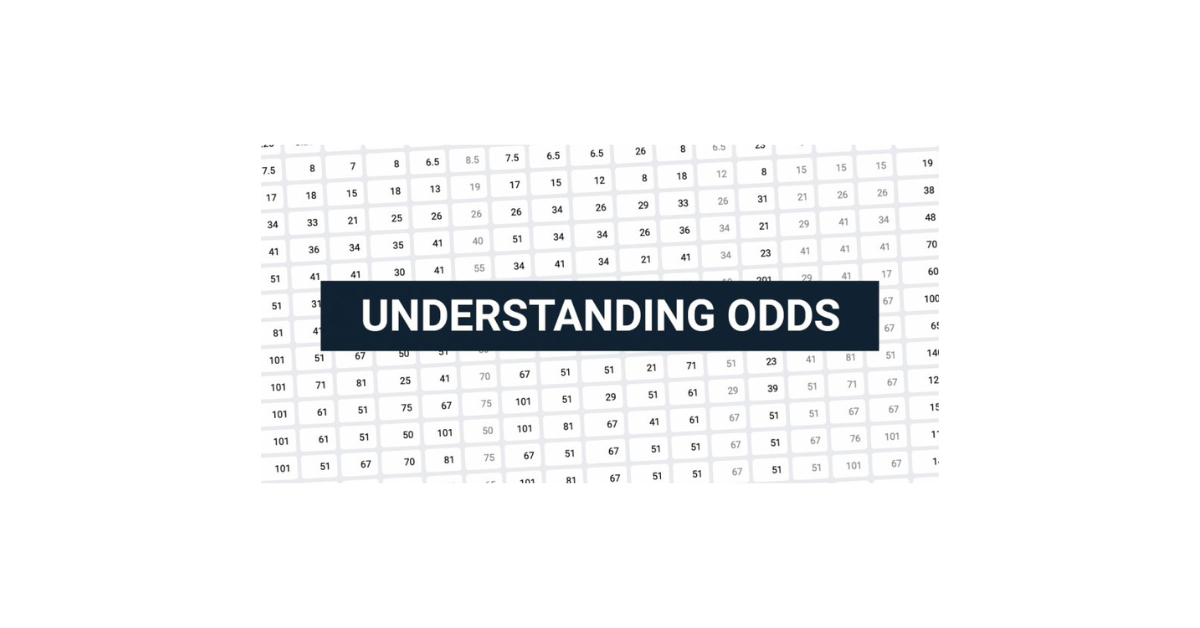Understanding the Basics of Odds in Betting
Odds in betting are numerical expressions used to represent the likelihood of a particular outcome in a given event. They serve as a way for both bettors and bookmakers to understand the probability of an event occurring, with higher odds indicating a lower probability and lower odds indicating a higher probability. Understanding how to read odds is crucial for making informed betting decisions and maximizing potential winnings.
There are different types of odds formats used in betting, including decimal odds, fractional odds, and moneyline odds. Decimal odds are commonly used in Europe and Australia, where the odds represent the total payout including the initial stake. Fractional odds, commonly used in the UK, are represented as a fraction and indicate the potential profit relative to the stake. Moneyline odds, mainly used in the US, display how much profit a bettor would make on a $100 stake if the outcome is successful. Familiarizing yourself with these different formats will help you navigate the world of sports betting more effectively.
Different Types of Odds Formats
There are three main types of odds formats used in betting: Decimal Odds, Fractional Odds, and Moneyline Odds. Decimal odds are the most common format used by bookmakers around the world. They represent the amount one wins for every $1 wagered, including the initial stake. For example, odds of 2.00 mean you will double your money if your bet is successful.
Fractional odds are often used in the UK and Ireland. They show the potential profit relative to the stake. For instance, odds of 3/1 mean you will make a profit of $3 for every $1 wagered, in addition to getting your stake back if you win. Moneyline odds are popular in the United States and display how much you need to stake or how much you will win on a $100 bet. Positive moneyline odds indicate the profit on a $100 bet, while negative moneyline odds indicate the amount needed to wager to win $100.
Calculating Probability from Odds
To calculate the probability from odds in betting, you can utilize a simple formula. For instance, fractional odds of 4/1 would imply a 1 in 5 chance of winning. To convert this fraction into a percentage probability, you can add the two numbers together (4+1=5) and then divide 100 by this total (100/5=20). Therefore, the probability of winning according to the odds of 4/1 is 20%.
In decimal odds, such as 5.00, the process is equally straightforward. You can calculate the probability by dividing 1 by the decimal odds. Thus, for 5.00 odds, the probability would be 1 divided by 5, equalling 0.20 or 20%. Understanding the relationship between odds and probability is fundamental in comprehending the potential risks and rewards involved in sports betting.
The Concept of Implied Probability
Implied probability is a crucial concept in betting that represents the likelihood of an event happening based on the odds. It is essential to grasp this notion to make informed decisions when placing bets. Implied probability is calculated by converting odds into a percentage, indicating the probability that the event will occur according to the betting market’s expectations.
Understanding implied probability allows bettors to evaluate the value of a bet. If the implied probability is lower than the actual probability, there may be a potential opportunity for a profitable wager. Conversely, if the implied probability is higher than the perceived likelihood of the outcome, the bet may not offer sufficient value. Being able to analyze implied probability empowers bettors to make more strategic and calculated decisions in their betting endeavors.
Understanding Odds Conversion
Odds conversion is a crucial skill in the world of betting. It involves transforming odds from one format to another, allowing bettors to easily compare odds from different sources. Converting odds is essential for making informed betting decisions and maximizing potential profits.
There are various methods to convert odds, depending on their original format. Whether it’s fractional odds, decimal odds, or American odds, understanding how to convert them accurately is key. By mastering odds conversion, bettors can quickly analyze odds across various platforms and select the most favorable outcomes to place their bets on.















